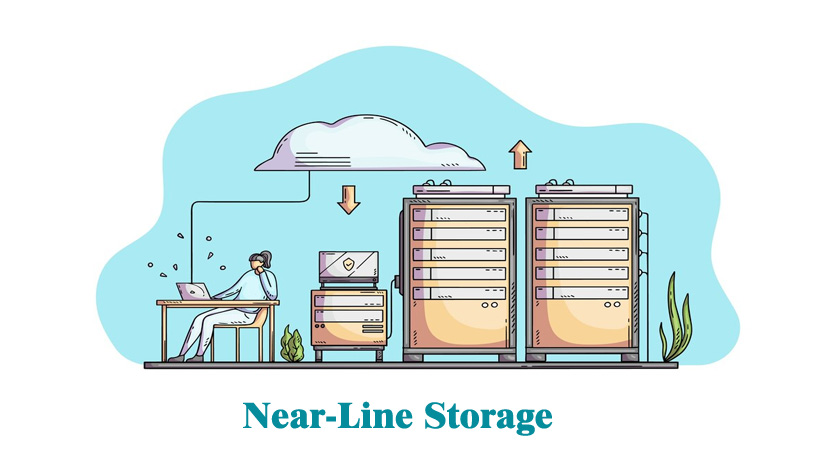Near-line storage is a type of data storage that comes between online and offline storage in terms of accessibility. It will balance online storage’s fast access times and offline storage’s cost-effectiveness. Near-line storage is usually used for data accessed less frequently, but When you want to access it, it should retry more quickly than standard offline storage. This type of storage can be used for storing large volumes of data you don’t have to access frequently, but they are readily available when needed.
What are the Benefits of Near-Line Storage?
- Nearline storage will balance the fast access times of online storage and less cost with offline storage. This is suitable for data that is not accessed constantly, but still, when an emergency needs it can be retrieved quickly.
- It is designed for data retention, making it suitable for storing the data needed for compliance or regulatory reasons. This includes backup data or any historical records.
- This is generally cost-effective when compared to online storage solutions. This is crucial for organizations dealing with large volumes of data and can be accessed anytime.
- Near-line storage is very scalable and will allow companies to expand their storage capacity as data needs grow. It is essential for storing an increasing amount of data.
- This storage is used for disaster recovery purposes. Storing backup copies in this storage will provide a balance between cost-effectiveness and accessibility. This will also ensure that crucial data can be recovered during data loss.
Conclusion
In conclusion, near-line storage can differ based on a particular technology and how the organization uses it. The choice between online, offline, and near-line storage will depend on various reasons, such as cost considerations, data access needs, and overall storage tactics. It is designed for data retention, making it suitable for storing the data needed for compliance or regulatory reasons.

